Why I Bought It: Grönefeld 1941 Remontoire
by GaryG
If you’re a watch enthusiast, you know that there are some watches you fall for the moment you see them.
Sometimes that initial infatuation passes and you move on to the next temporary obsession, but then there are those instances in which the more you see, talk about, and learn about a piece and its origins the more you resolve to save up to buy one.
For me, the Grönefeld 1941 Remontoire was one of the latter.

The Grönefeld 1941 Remontoire in stainless steel
Why I bought it: beginning with a brief history lesson
Once upon a time (ca. AD 700, to be more exact) there was an Irish Benedictine monk named Plechelm who traveled to the kingdom of Frisia (now the Netherlands) and founded a church dedicated to Pope Silvester in what is now the town of Oldenzaal. Around AD 950 Plechelm was canonized by Pope Agapetus II, and the church was rededicated in St. Plechelm’s honor when his remains were returned there circa AD 954.

Oldenzaal, with the clock tower of the Basilica of St. Plechelm at center
Around 1150, construction of the current basilica of St. Plechelm began, and a tower (most relevant to our story) was added around 1240, heightened in the 1500s, and in 1913 ultimately equipped with its current clock made by Royal Eijsbouts. It features a 30-second remontoire mechanism that protects the clock’s escapement from the massive weights used to drive the movement, which jump the clock’s hands each half-minute to break any accumulated ice.

The basilica of St. Plechelm’s tower clock works, with remontoire regulator blades visible at the rear
Of course, someone had to maintain the clock and its Gillett and Johnston carillon added in 1930. That was a fellow by the name of Johan Grönefeld.
————————————————————————————————————–
—————————————————————————————————–
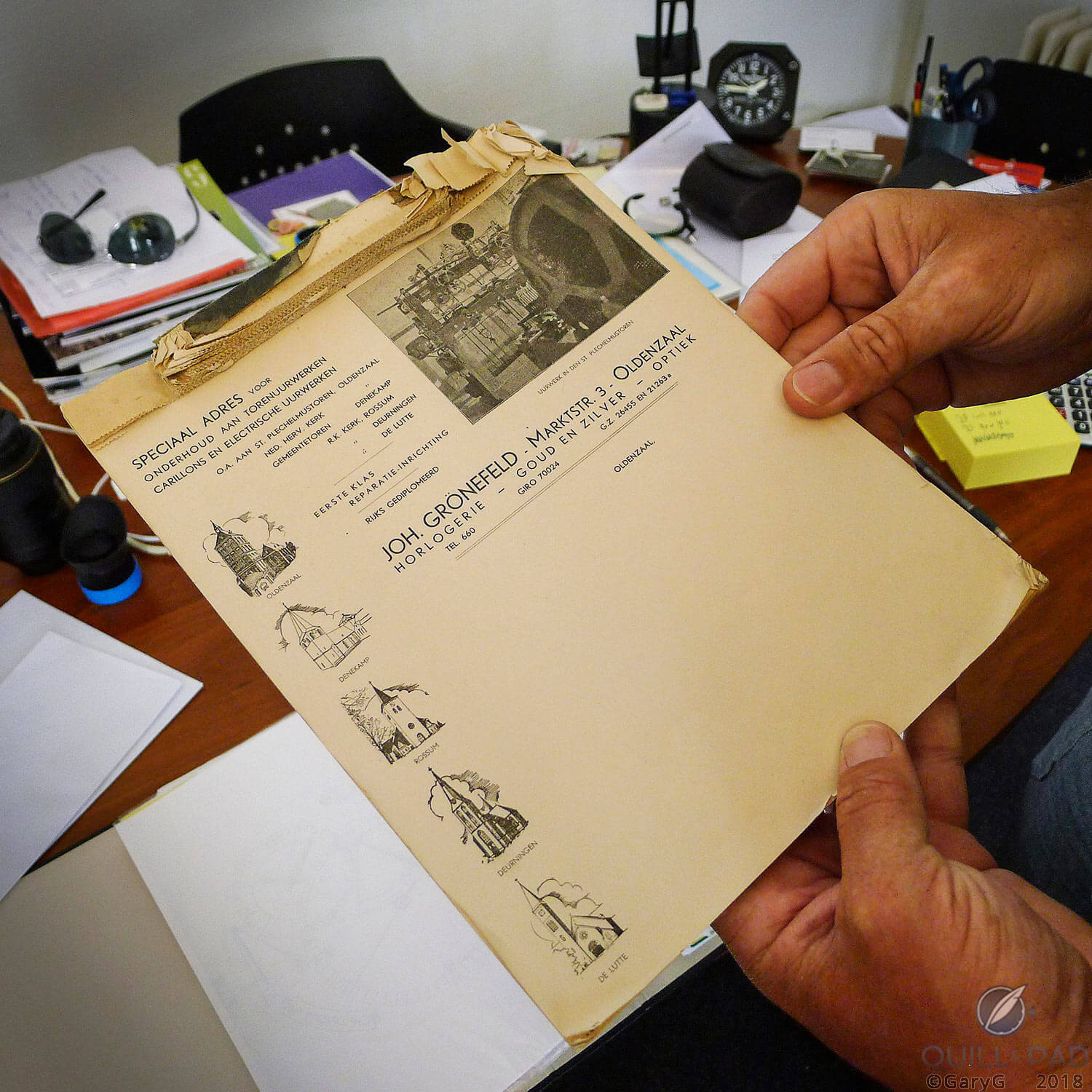
Johan Grönefeld’s stationery with the St. Plechelm clockworks pictured at upper right
After Johan’s death his son Sjef took on this responsibility. As boys, his sons Bart and Tim grew up within earshot of the clock’s chimes and received a number of stern warnings from Sjef during their visits within the tower to stay well clear of the large swinging blades of the clock’s remontoire, which in particular made a strong impression on the younger son, Tim.

Bart (left) and Tim Grönefeld in the St. Plechelm bell tower, 2013
Little wonder, then, that upon deciding to launch their independent watchmaking business, Tim and Bart were immediately inspired to begin thinking about how a regulated remontoire mechanism similar to that of the Plechelm clock’s might be incorporated into a watch.
And in time – and with the collaboration of brilliant movement designer Andreas Strehler – Baselworld 2016 saw the introduction of the 1941 Remontoire, so designated in honor of Sjef’s birth year.

Family treasure: 1941 Remontoire by Grönefeld Watches
I was immediately taken by the watch when I saw it, but once I heard its origin story, and especially as I’d made the climb up the St. Plechelm tower myself a few years prior, I knew I’d eventually have to own one.
—————————————————————————————————–
—————————————————————————————————–
How the Grönefeld 1941 Remontoire fits in my collection
In my pal Terry’s collection taxonomy, this one is very definitely a patronage piece: one purchased to recognize the superb work being done by today’s best independent watchmakers and to support them in their creative efforts.
For me, it’s also intended to be a regular daily wearer in the same vein as my recently purchased Hajime Asaoka Tsunami. It’s for that reason that I opted for a stainless steel case and also why I ultimately decided against adding any of the extremely tasty engraved or enameled dials from Kari Voutilainen’s Comblemine dial-making operation in favor of the simpler silver dial offered at the watch’s 2016 introduction.

The OG: the author’s Grönefeld 1941 Remontoire with silver dial
Why I love the Grönefeld 1941 Remontoire
The story is great, and the makers are superb fellows and big talents, but things get even more interesting when you flip the watch over and see the back for the first time.

Movement side, Grönefeld 1941 Remontoire
I’ve seen a couple of reviewers criticize Caliber G-05 as too busy looking for their tastes, but for me it’s just fantastic looking and a real show of mechanical and finishing virtuosity.
The combination of frosting, graining, snailing, perlage, black polishing, and other techniques I’m probably missing are a feast for the eyes.
And the shapes, including the several dual-spoked wheels and the bridges shaped like the “bell gable” roofs of Dutch houses, invite lengthy and repeated contemplation.

Caliber G-05, Grönefeld 1941 Remontoire
The brothers’ use of stainless steel as the material for their movement bridges, while adding to the difficulty of finishing, yields a distinctive look and in my instance matches up perfectly with the tone of my steel case.
The “1941” case style (also used in the newly introduced Principia line) is itself another accomplishment, as in my opinion it is markedly more sophisticated than the first-generation case design used on the brothers’ One Hertz and Parallax Tourbillon.
—————————————————————————————————–
—————————————————————————————————–
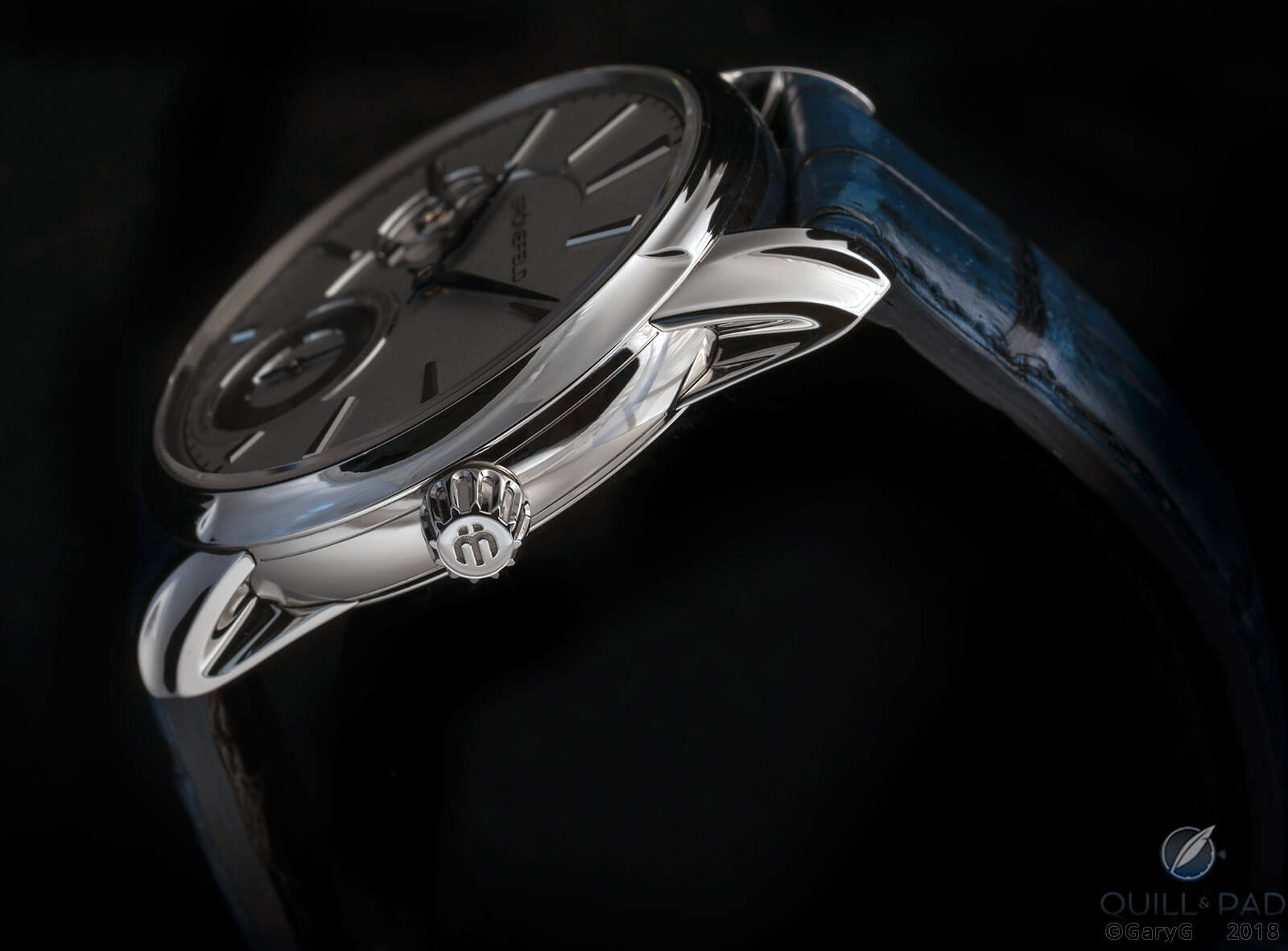
Case detail, 1941 Remontoire from Grönefeld Watches
In the photo above, check out the swooping shapes of the lugs, including the shoulder that connects the side nearest the strap to the narrower portion of the lug that is in turn mirrored by a corresponding soft shoulder on the bezel of the watch.
It also took me a little while to notice the parallel character grooves cut into the case band at the heights of the inside edges of the lug cutouts; these are not necessary, but quite elegant and effective in unifying the look of the case and lugs.
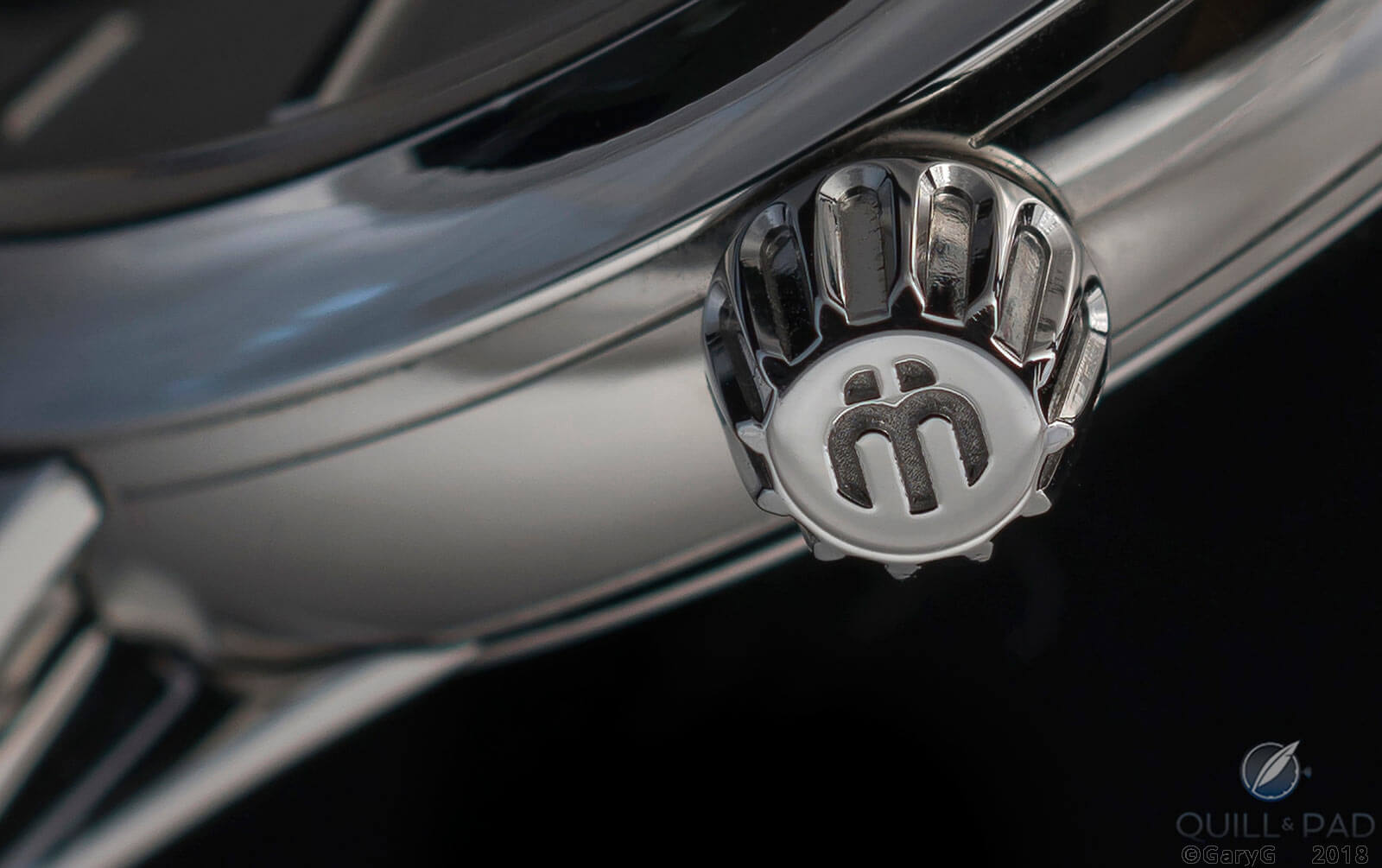
Crown featuring the Horological Brothers’ logo
Zooming in on the crown, we see the symbol of the Grönefelds’ life and work, the etched “Horological Brothers” logo. It does seem at times as if Tim and Bart are joined at the hip! But their closeness and devotion to each other and their families is a big part of the appeal of their enterprise.
Even the buckle mirrors the design language of the rest of the watch with its bold curves and distinct shoulders. And while I’d normally say that one of the weakest compliments you can give a watch is “nice strap,” the antiqued blue strap that the brothers chose for delivery of my watch is really killer and deserves a mention.

Buckle and strap, Grönefeld 1941 Remontoire
—————————————————————————————————–
—————————————————————————————————–
Mechanically, of course, this watch is all about the constant force mechanism itself, and I like that it is prominently featured. On the movement side, the remontoire spring cage and its associated gears seen at the right side of the photo below glide smoothly to the next position each eight seconds.

Movement detail, Grönefeld 1941 Remontoire with constant force mechanism at right
On the dial side the regulator with its bridge integrated into the 9 o’clock index whizzes around on the same eight-second schedule, and on the same interval the minute hand moves forward by 8/60 of a minute in the same way that St. Plechelm’s tower clock hands move every 30 seconds – although in the case of my watch, I’m very hopeful that there will not be any accumulated ice to dislodge!

Dial detail, Grönefeld 1941 Remontoire with constant force regulator at left
Finally, there’s nothing quite like buying an independent watch! That’s especially true when the makers present it in person and a good friend is there to capture the moment.
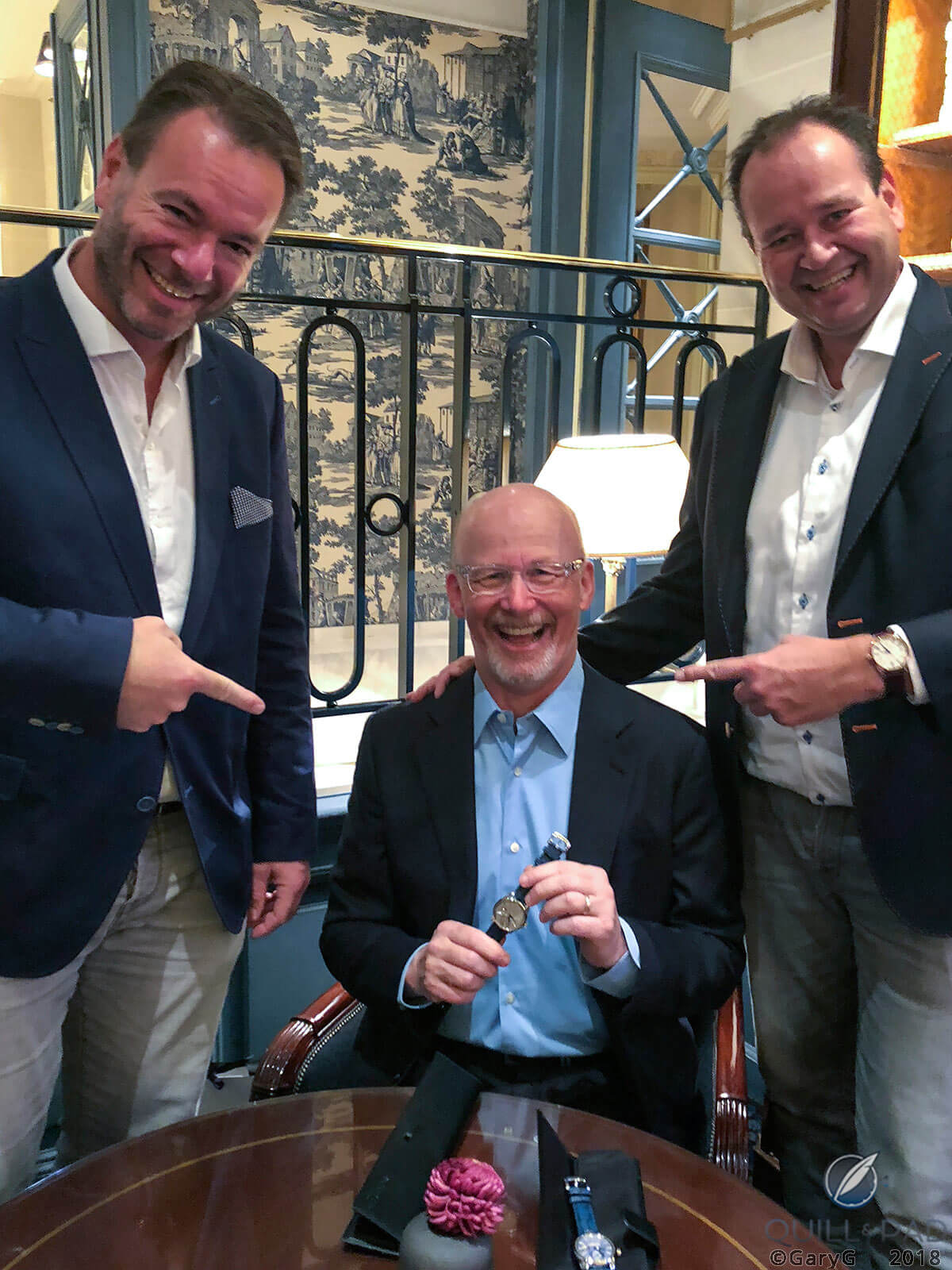
Say gouda: the author receives his watch from the Horological Brothers (photo courtesy BartC)
Any quibbles?
There’s obviously a lot to love about this watch, and I’m finding it tough to generate any real complaints! If I had to come up with a thought or two, they might look as follows.
- Those nooks and crannies in the lugs that lend such visual interest also tend to accumulate schmutz over time; by no means a big deal as seen by the naked eye, but as a macro photographer I notice these things.
- While we’re on the subject of the lugs, they’re very clever in that they are attached by screws from the interior of the case; but that leaves small grooves between the case and lug that tend to catch tiny fibers.
- The 36-hour power reserve is adequate, but at least on my example when the power gets low the constant force mechanism begins to misfire a bit, operating more frequently than each eight seconds and seeming not to lock fully into position in between. As a result, I find that I need to be vigilant about ensuring that the watch maintains a decent state of wind.
- This one is strictly on me, but I do occasionally wish I’d picked the warmer red gold case!

If you have any complaints about the 1941 Remontoire, look at this and you’ll feel better
Is it right for you?
I’ve obviously voted with my wallet, but is this watch one that you should consider? I’d say thumbs up if the following apply to you.
- You’re a fan of independent watchmaking and want to own one of today’s leading examples of inventive, beautiful watch design and execution.
- Your horological interests tend at least in part toward innovations that are meant to improve timekeeping, and this example of constant-force movement design complements other approaches (e.g., tourbillon or fusée and chain) you own or study.
- Like me, you find the personal story of the Grönefeld family and the importance of this particular mechanism in their lives compelling.
- You just want to see that regulator whiz around each eight seconds!

A show each and every eight seconds: Grönefeld 1941 Remontoire
On the other hand, you might want to leave the enjoyment to me and the other owners of this watch if this applies to you.
- The remontoire mechanism seems a bit too esoteric to be the foundation of a timepiece.
- You haven’t yet caught the independent bug.
- For whatever reason the aesthetics just don’t grab you.
- Your collection focuses on other themes and this piece wouldn’t fit in.
If you are inclined to act, you should probably do so fairly soon as only 188 examples of this movement will be made, and the great majority are already delivered or spoken for.
Let me know your thoughts in the comments section, and as always happy hunting!

Parting shot: movement view, Grönefeld 1941 Remontoire
For more information, please visit www.gronefeld.com/collection/1941-remontoire.
Quick Facts Grönefeld 1941 Remontoire
Case: 39.5 x 10.5 mm with replaceable screwed-on lugs; available in 5N red gold, unplated palladium white gold, and stainless steel
Dial and hands: multiple dial options available, including solid silver dial with faceted applied baton indices and a variety of bespoke engraved and enameled dial designs from Comblémine; printed minute track, seconds, and signature; blued-steel lancette hands
Movement: manually wound Caliber G-05 with stainless steel bridges; free-sprung overcoil balance; several jewels set in gold chatons; 36-hour power reserve; 21,600 vph/3 Hz frequency
Functions: hours, minutes, hacking subsidiary seconds
Production years: 2016 onward
Limitation: total of 188 examples
Price: stainless steel with silver dial €44,900; €49,500 in red gold; €50,850 in white gold; (all excluding taxes)
Premium: bespoke guilloche dial starts at €7,500 and enameling adds an additional €5,000 and up
This article was first published on January 14, 2019 at Why I Bought It: Grönefeld 1941 Remontoire.
You may also enjoy:
Grönefeld 1941 Remontoire In The Horological House Of Orange
Copernicus, Alignment Shift, And The Grönefeld Parallax Tourbillon: A Nerd Story
Why The Grönefeld 1941 Remontoire Won Best Men’s Watch At The 2016 Grand Prix d’Horlogerie de Genève
Grönefeld One Hertz – A Collector’s Journey



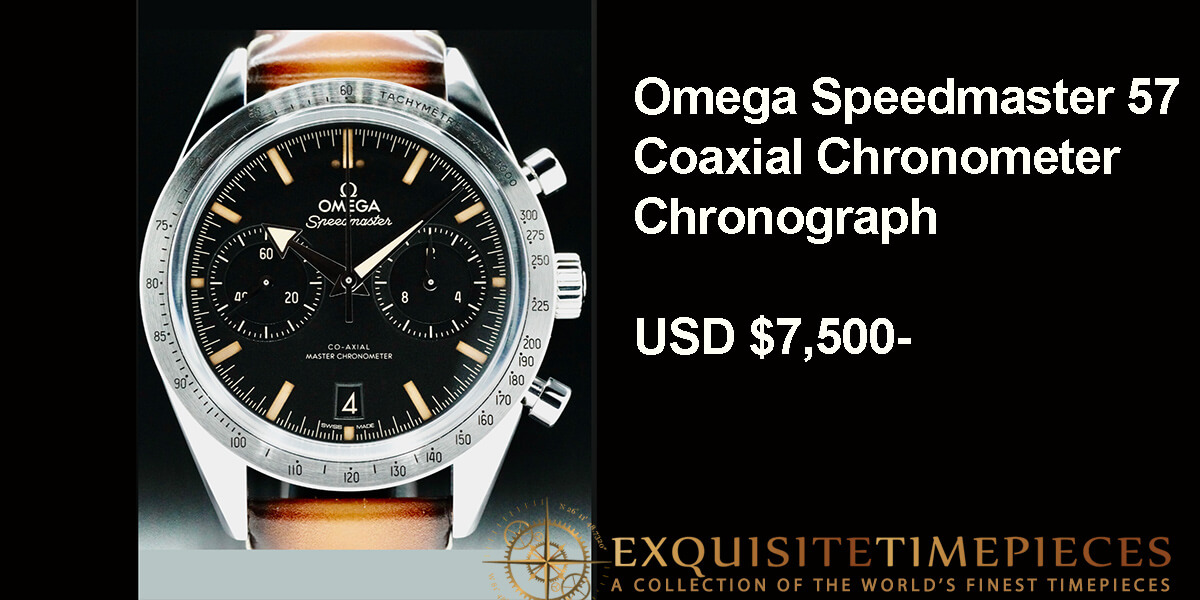


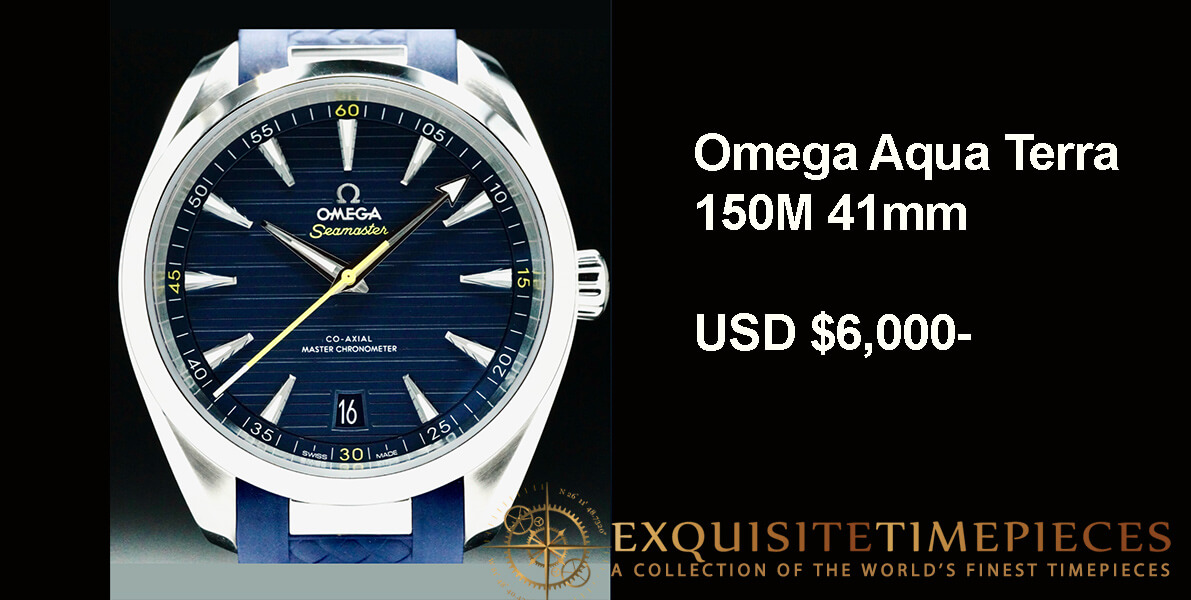


Leave a Reply
Want to join the discussion?Feel free to contribute!